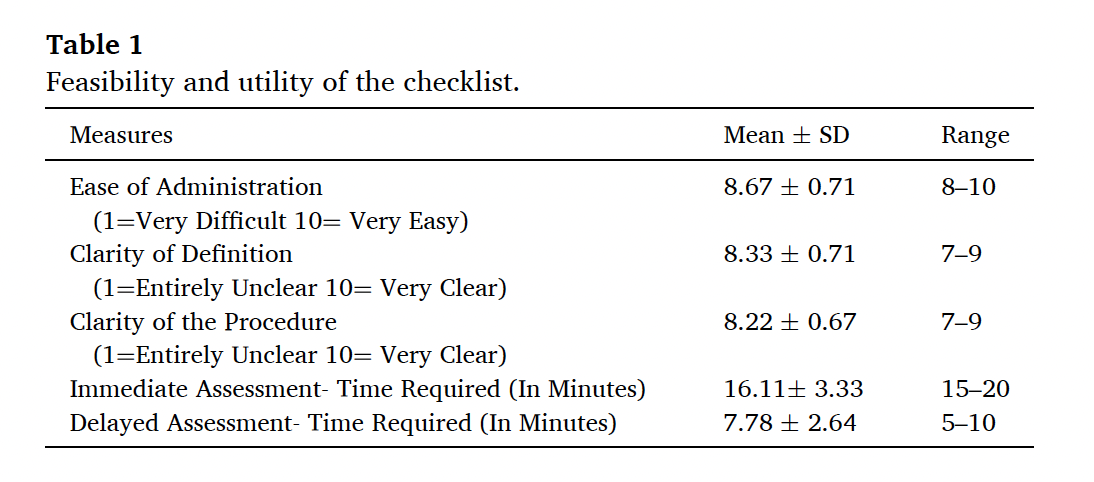New Checklist From India For ECT AEs
Out on PubMed, from authors in India, is this article:
Development, validation and clinical utility of short-term adverse-effects of electroconvulsive therapy (SAVE) checklist.

Electroconvulsive therapy (ECT) is one of the most effective treatments in psychiatry. However, it has many cognitive and non-cognitive adverse effects (AEs). There are lacunae in the literature on systematic assessment of non-cognitive AEs. There is a need for a standard, comprehensive and specific clinical tool to evaluate this. Hence, a checklist of short-term AEs of ECT (SAVE) with a 2-phase assessment was developed. Content validation was done using 15 experts' ratings and predefined content validity ratio and index (CVR and CVI) in a two-stage modified Delphi method. The checklist had a good CVR and CVI with a final tool of 39 items. The tool was sensitive and identified the non-cognitive AEs after ECT. Cardiovascular and musculoskeletal systems displayed the highest incidence. Many participants exhibited delayed recovery in orientation, gait, and stance, highlighting a necessity for meticulous monitoring. SAVE is the first standardised tool to assess short-term ECT-related AEs systematically. This checklist likely identifies clinically significant incidences of adverse effects. Its regular use may enhance the safety of ECT and patient comfort by supporting early identification and intervention for AEs. However, given the transient nature of AEs, further studies are needed to determine their predictive validity for long-term consequences.
Keywords: Common side effects; Gait; Orientation; Psychiatric disorders; Recovery; Stance.
This is a well-intended effort to develop a checklist to record/rate adverse events after ECT, with the aim of improving practice standards. Whether this is really necessary, and if it would have the desired result, are unclear.








Comments
Post a Comment